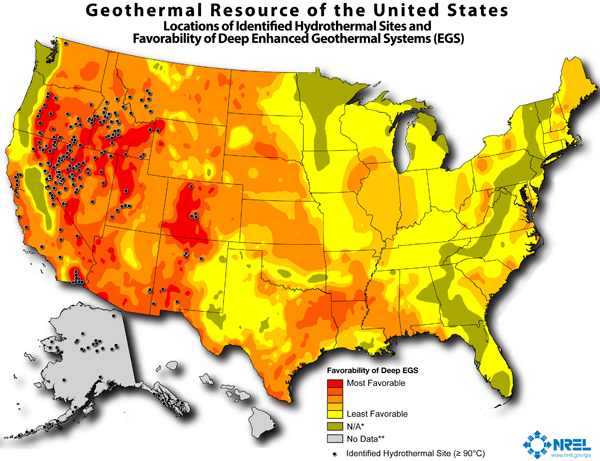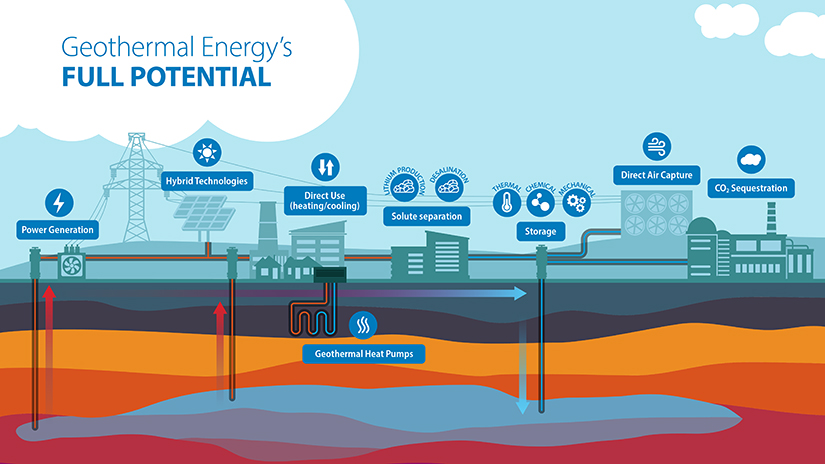Exploring Geothermal Energy:
The Rising Star of Renewable Energy
Geothermal energy, though less discussed than solar or wind power, is a significant and growing part of the United States’ renewable energy portfolio. This natural resource harnesses the Earth’s internal heat to generate clean, reliable, and sustainable energy.

What is Geothermal Energy?
Geothermal energy comes from the heat stored beneath the Earth’s surface. This heat can be found in shallow ground, hot water, hot rock accessed by drilling, and the extremely hot molten rock called magma. Power plants utilize this heat to generate electricity, and smaller systems can provide heating and cooling solutions for homes and businesses.
The US Geothermal Landscape
The United States leads the world in the amount of electricity generated with geothermal power. The majority of this generation is located in the Western states, Alaska, and Hawaii. The most notable area of geothermal development is the Geysers in California, the largest complex of geothermal power plants in the world.

Advantages of Geothermal Energy

- Reliability: Unlike solar and wind energy, geothermal energy is not dependent on weather conditions, providing a stable, around-the-clock energy supply.
- Clean Energy: In terms of life cycle emissions, geothermal power plants exhibit remarkable efficiency. Their emissions are substantially lower than many conventional energy sources: four times lower than solar PV, and six to 20 times lower than natural gas. Moreover, geothermal power plants excel in water usage efficiency. Throughout their operational lifespan, they consume less water on average than most traditional electricity-generation technologies.
- Economic Advantages: Geothermal plants create jobs in rural areas and provide a source of income for local communities. They also have the potential to reduce our dependence on traditional fuels, offering protection against volatile fuel prices.
Challenges and Future Potential:
While promising, geothermal energy does face challenges. High upfront costs for plant construction and the exploration of resources can be deterrents. However, technological advancements are continually improving efficiency and reducing costs. Enhanced Geothermal Systems (EGS), which create reservoirs in hot dry rock, are a particularly exciting development, potentially unlocking vast new energy sources.
The 2019 GeoVision analysis projects that by 2050, the U.S. could potentially have up to 60 gigawatts of geothermal electricity capacity, over 17,000 district heating systems, and up to 28 million geothermal heat pumps. Achieving these projections could equal the emissions reduction of removing 26 million cars from U.S. roads each year.
The Enhanced Geothermal Shot™ analysis in 2022 showed even greater potential – up to 90 gigawatts of geothermal electricity capacity by 2050, with aggressive cost reductions in enhanced geothermal systems.
